[ad_1]
Search engine optimization (SEO) is a set of practices employed to o increase the quantity of high-quality traffic coming to your website. Small businesses need a strong SEO strategy to ensure new and returning customers can find them when searching online. This is where affordable SEO services come into play, offering a cost-effective solution for small businesses to improve their online presence without breaking the bank.
Considering only 36% of SMBs currently have an SEO strategy, increasing your online visibility could give your brand a significant advantage over the competition. An affordable SEO company can provide tailored SEO packages that align with your business goals and budget constraints, ensuring you get the best return on your investment.
Fortunately, an SEO plan can be executed in-house for an affordable cost. SMB marketers should focus on six key types of SEO effort to increase discoverability online:
- Optimize your URLs.
- Include keywords in title tags.
- Format your copy.
- Add images and alt tags.
- Use internal and external links.
- Understand link-building strategies.
- Choose one or two social platforms to use.
- Conduct community outreach.
- Solicit reviews and ratings to build trust.
- Reach out to influencers.
- Make it easy for customers to contact you.
- Add structured location data to your website.
- Optimize Google My Business.
- Audit your site for mobile accessibility.
- Assess site architecture for usability.
- Create content around audience needs.
- Optimize product listings for Google and Amazon.
- Assess URL structure.
- Ensure website navigation structure is logical.
- Use structured data whenever possible.
- Check canonical URLs.
- Build your 404 page.
- Add SSL for greater security.
- Register with Google Search Console.
- Add tags and descriptions.
- Choose attractive thumbnail images.
- Customize your YouTube channel.
Why SMBs Should Care About SEO
When consumers have a problem, they turn to search engines for answers and solutions. Powerful algorithms like those used by Google ensure relevant web pages rise to the surface.
The top three positions on any given search engine results page (SERP) receive the majority of clicks, with links at the bottom of the page receiving only about 2% of clicks. For most searchers, the results on page 2 and beyond barely exist.
An SEO service provider can help your website rank highly in SERPs and thus gain more organic website traffic. More visitors means you’ll have more opportunities to get your brand messaging in front of potential customers and ultimately drive more sales.
If you’re working with a small marketing budget, an SEO package is one of the best and most affordable ways to increase your brand visibility online. The majority of the advice in this article requires little to no resources except time and mental energy. Hiring an SEO firm can speed up processes but is by no means a requirement.
Let’s get started.
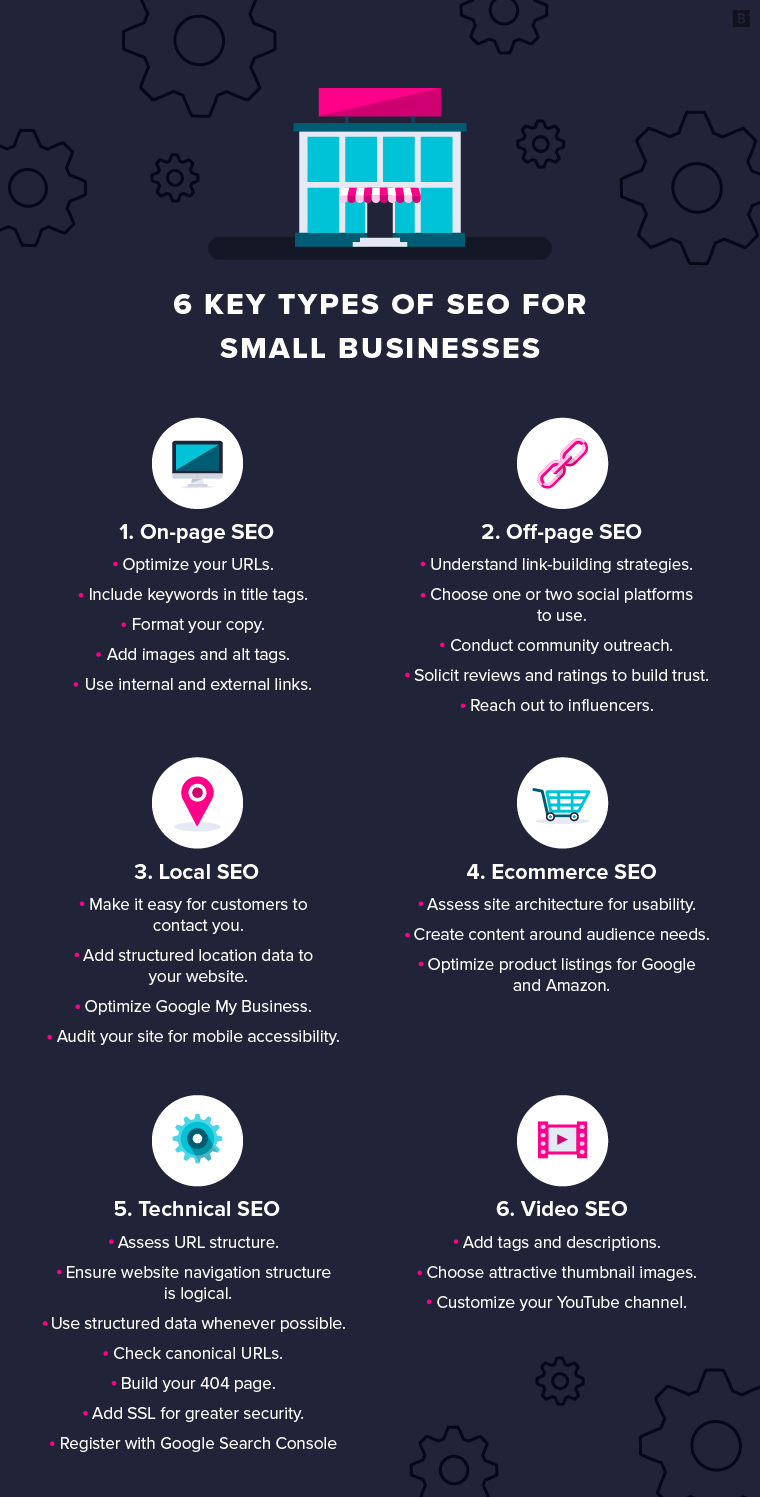
1. On-Page SEO
On-page optimization is the process of improving individual web pages to help them rank higher and earn relevant traffic.
Keywords are an essential component of on-page SEO. Head over to o our complete keyword optimization guide to learn more.
Optimize your URLs
Each page on your website should have a well-formatted URL. Think of this as the unique identifier by which search engines recognize SEO content on the page. Your URLs should be concise, use full words formatted in the lowercase and include at least one relevant keyword.
Format Your Copy and Title Tags
Even the most advanced algorithms aren’t that great at reading unformatted text. To help Google understand the intent of your pages, make sure each one contains one – and only one – H1 tag. The title of this post is a perfect example. You can use H2-H7 tags to create subheads. This paragraph is sitting under an H3 tag, for example.
Try to include one keyword in each of your HTML tags. In addition, your body copy should contain one keyword every 150-300 words, but don’t force it – this should happen naturally as you write about your subject.
Effective web design isn’t just for robots. Well-structured pages with inviting visual elements keep visitors engaged with your content.
Add Images and Alt Tags
Images not only break up your copy and give readers something else to look at, but they also benefit your SEO strategy. Optimized images should be:
- Formatted as JPEG or PNG.
- Named with keywords. E.g., a good name for an image of a black cat would be “black-cat-green-eyes.jpg”
- Saved with a small file size.
For optimal SEO results, each image should be accompanied by an alt tag. When the image isn’t available to the user – or they’re using a screen reader – the web browser will display the alt text.

Use Internal and External Links
Each page on your site should have a few links to external sources as well as to other pages on your site. Make sure you link to trustworthy sources that contain relevant content. Linking to a respected news source is better than linking to a random blogger, for example.
Internal linking is essential because it provides a path for readers to follow. Think about where you’d like to direct your visitors to after they’re finished reading the content on your landing page.
2. Off-Page SEO
Off-page optimization refers to actions you take outside of your website to build trust with consumers and bring them to your web pages.
Understand Link-Building Strategies
Links to your website signal to search algorithms that your site contains valuable information. For example, if you write a blog on how to replace a bicycle tire and several other blogs link to your article, your site will rank higher.
You can increase the number of links to your pages by sharing your content to your social media pages. Google encourages “natural links” that aren’t solicited or paid for. The best way to get links is to publish great content and track those efforts in Google Analytics.

Choose One or Two Social Platforms to Use
Although it’s not a direct search engine ranking factor, social media marketing is an essential component of off-page optimization because it can drive relevant consumers to your website. It’s essentially another form of link building. In addition, brand mentions on social media can help you get noticed by other people.
When planning your social media strategy, it’s important to think of your efforts as building a community around your brand. That means there should be a natural give and take between your brand pages and your followers. If all you post is links to your product pages, readers will get bored or annoyed.
Some SEO consulting companies may offer content marketing services alongside their SEO campaign offers. So if your plan entails a multi-channel strategy, make sure to bring it up during your first conversations to see whether you align on your strategic goal and to assess your total marketing and SEO cost.
Solicit Reviews and Ratings to Build Trust
Off-page SEO is useful for showing potential customers your brand is trustworthy. Public reviews and ratings show people that others have had a good experience doing business with your brand.
In some cases, product reviews and ratings will show up directly within SERPs. They’ll also show up on third-party ecommerce sites like Amazon as well as your social media pages. Consider reaching out to customers to ask if they’re willing to review their most recent purchase.

Reach Out to Influencers
Social media influencers can help to increase content reach and engagement. People follow influencers online to hear their opinions and participate in discussions. By working with influencers, you can get your brand in front of an attentive audience.Though it sounds simple on the surface, influencer marketing can be a complicated strategy.
Read our guide to learn more about working with influencers.
3. Local SEO
Local SEO services help you promote products to local customers in real time as they’re conducting a search. Here are a few key tips pulled from our in-depth local SEO guide:
Make It Easy for Customers To Contact You
Local search algorithms provide consumers with relevant results from businesses within a nearby geographic location. For example, someone searching for “vegan ice cream” in Portland, Oregon, will see different results than someone conducting the same search in Austin, Texas.
To help customers find your business in real time, you should include a page on your website that contains your business contact information, including your physical address if relevant.
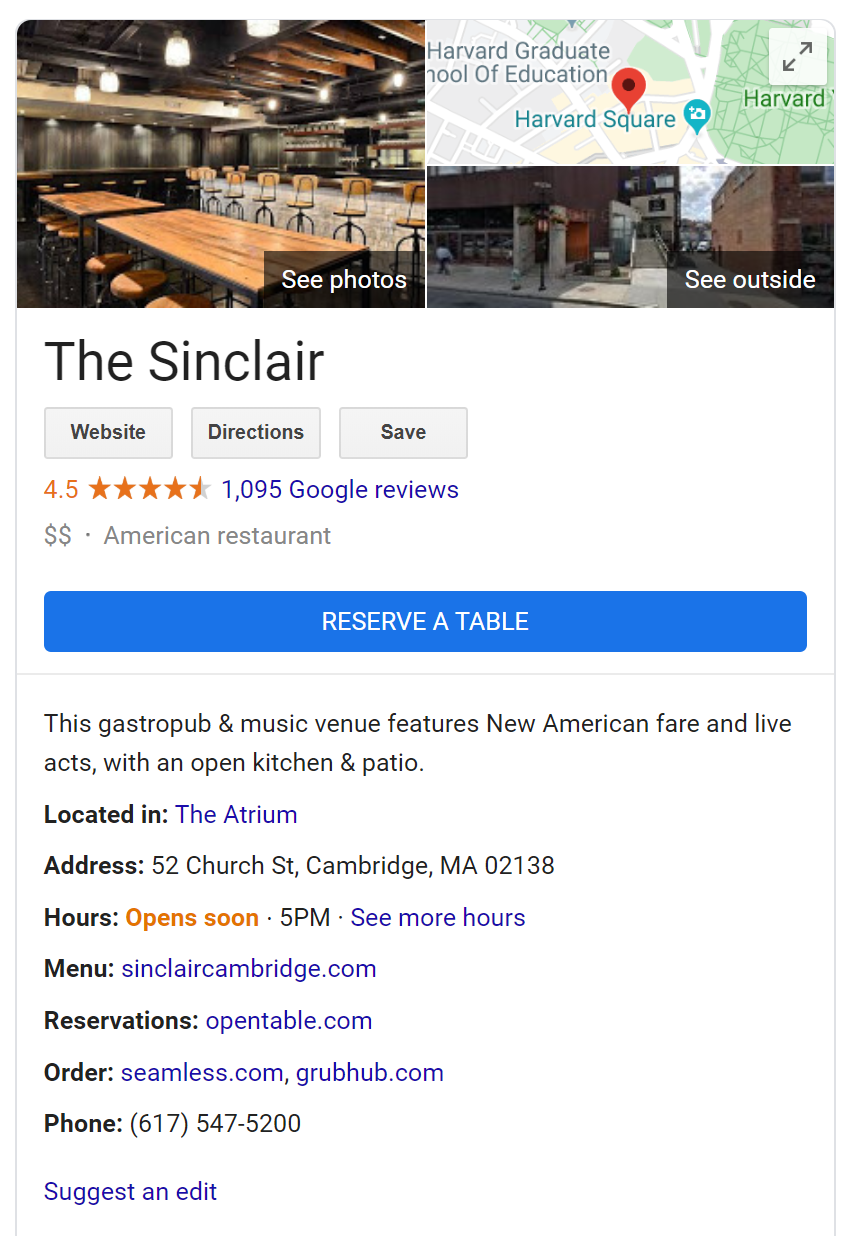
Add Structured Location Data to Your Website
If you type the name of your favorite sushi bar into Google you’ll likely see a neat information card with a picture of the restaurant, a star rating and other information. How does Google know all of this information?
It’s not magic, it’s structured data – a language that search crawlers can easily understand and interpret. If you don’t have a web developer on hand, Google provides a free tool to help you add structured data markup to your site.
Another way to ensure your business appears on SERPs is to complete your Google business profile . Not only does this free service make it easy for your customers to find and connect with you, but you can also view analytics to monitor your engagement metrics.
Audit Your Site for Mobile Accessibility
Approximately 82% of smartphone shoppers conducted ‘near me’ searches in 2018. These shoppers are looking for quick information about local brands, products and services. To see how your website performs on mobile, use Google’s free optimization tool for a thorough website audit.
4. Ecommerce SEO
Digital retailers use specific SEO practices to help increase the visibility of their product pages on Google as well as other sites like Amazon.
Assess Site Architecture for Usability
Compared with restaurants, ecommerce sites tend to have many more pages. That means site organization is highly important to the user experience. E-commerce consulting can help optimize the site architecture and ensure visitors don’t get lost in a maze of product pages.
Good site architecture ensures visitors don’t get lost in a maze of product pages. In fact, it’s a general best practice to keep every page on your site three or fewer clicks away from your homepage. For example, to get to a particular shoe listing on a fashion site, the visitor might first go to the men’s section, then footwear, then specific item.
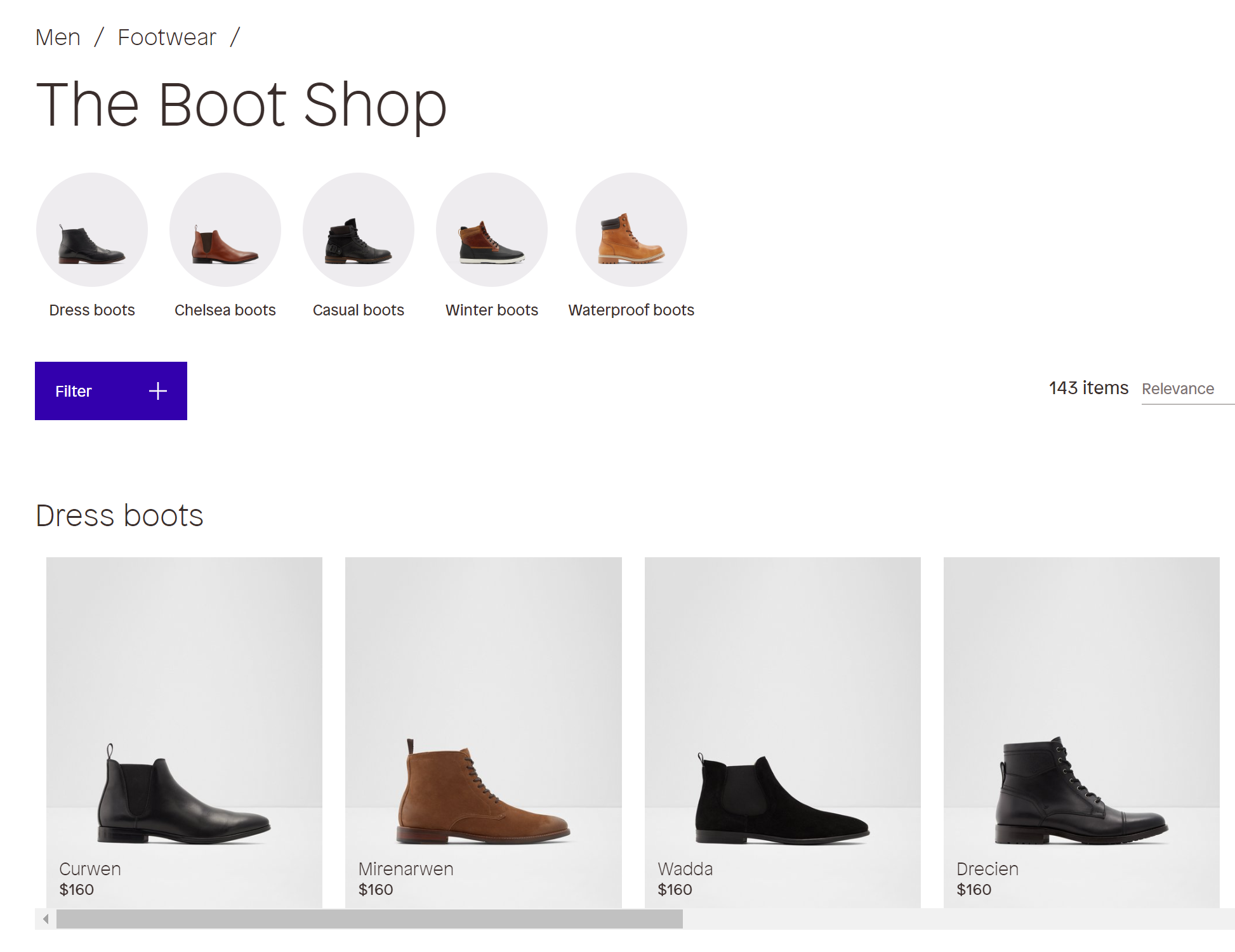
Create Content Around Audience Needs
Ecommerce brands need content that draws in visitors and provides value before the point of sale. For instance, a clothing retailer might publish a blog on how to pair a tie with a blazer.
This type of informative content can help your site rank for keywords relevant to your brand. In addition, it gives you more stories to post to your social feeds. The most successful brands strive to become sources of product knowledge, not just digital retail shelves.
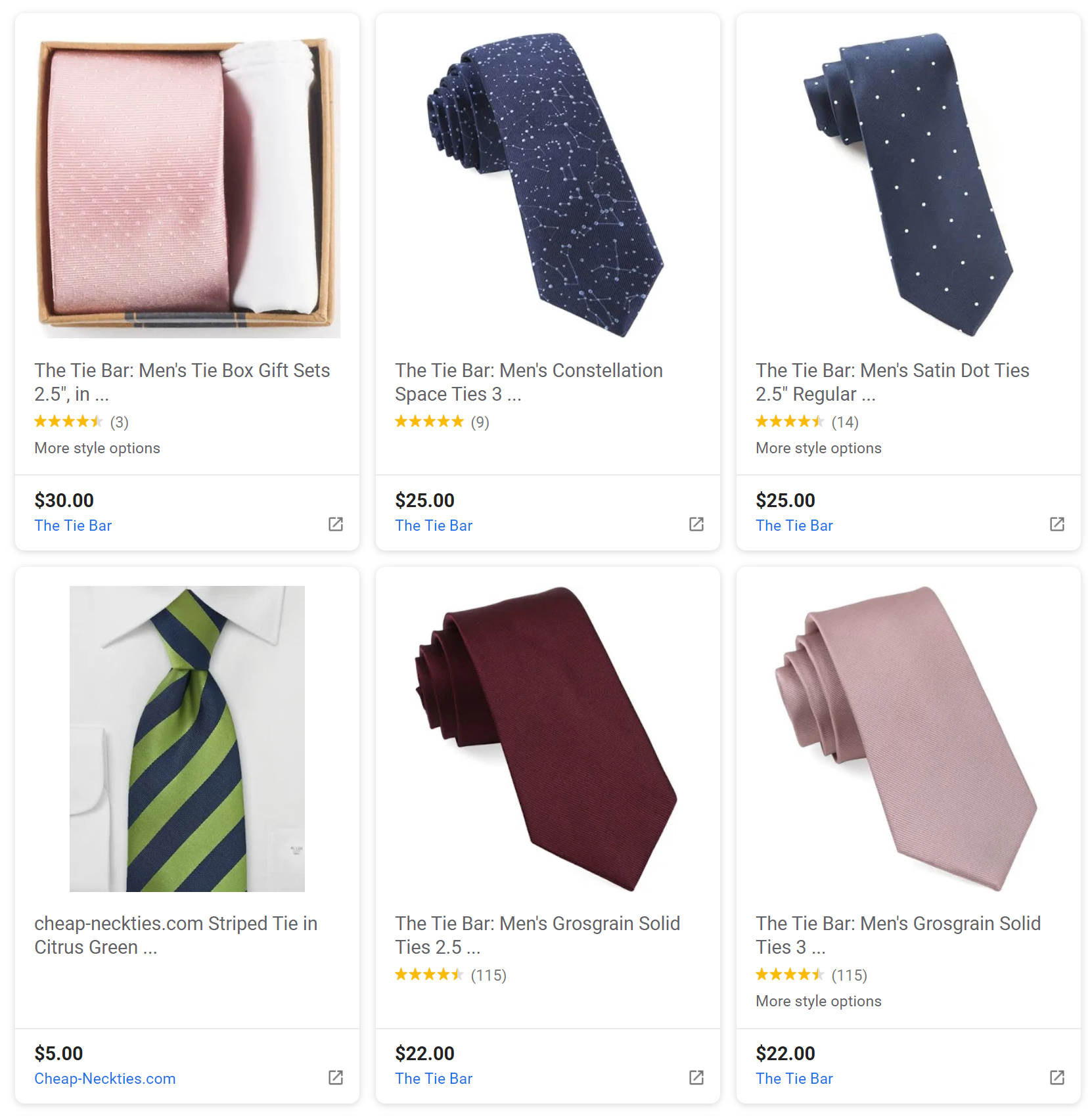
Optimize Product Listings for Google and Amazon
The majority of online shoppers turn to one of two places to look for products: Google or Amazon. If your products don’t show up on these sites, they may as well not exist. Product SEO can help increase the visibility of your offerings.
Some key product SEO tips include:
- Always use clear, high-definition product photos.
- Use bulleted lists in product descriptions.
- Use long-tail keywords in your product titles and descriptions.
Check out our full Amazon SEO guide for more tips and tricks.
6. Video SEO
According to G2, 98% of marketers consider video marketing as a critical part of their marketing strategy. These SEO tactics can help consumers find your video content more easily.
Add Tags and Descriptions
Video SEO techniques are a little more rudimentary than those applied to written content. Simply put, web crawlers aren’t great at determining what’s in a video. Artificial intelligence-powered visual recognition solutions are on the rise, but they’re still not widespread enough to affect your SEO strategy.
Adding keywords to your video tags and descriptions on sites like YouTube can tell search crawlers what your content is all about.
Choose Attractive Thumbnail Images
To increase the click-through rate of your videos, pay close attention to your thumbnails. Your thumbnails will appear next to hundreds of others, so use vibrant colors and bold text to make them stand out. But be sure to keep text minimal – two to three words are sufficient.

Customize Your YouTube Channel
Content creation on YouTube is an effective way to drive traffic to your site. It’s important that your YouTube channel aligns with the look and feel of your other pages. Use consistent colors and messaging to create a cohesive experience.
If you’re just starting your YouTube channel, don’t miss our guide to engaging your subscribers
5. Technical SEO
These are steps you can take to help search engines crawl your website efficiently. In addition, technical optimizations help pages load faster, especially on mobile devices.
Check Canonical URLs
If your website features pages that contain the same or similar content to other pages, your site could get penalized by search engines. You can use the canonical tag to ensure this doesn’t happen.
For example, if you have two pages with nearly identical content, choose whichever is more important as the canonical version. Then, add a canonical tag to the section of the second page with a link to the canonical page:
Build Your 404 Page
Effective site architecture should prevent visitors from getting lost on your site, but you should have a plan in place to redirect visitors when it does happen. That’s where your 404 page comes in.
Your 404 page should help lost visitors find what they’re looking for. The best way to do that is to include links to your homepage, your internal search bar or your sitemap.
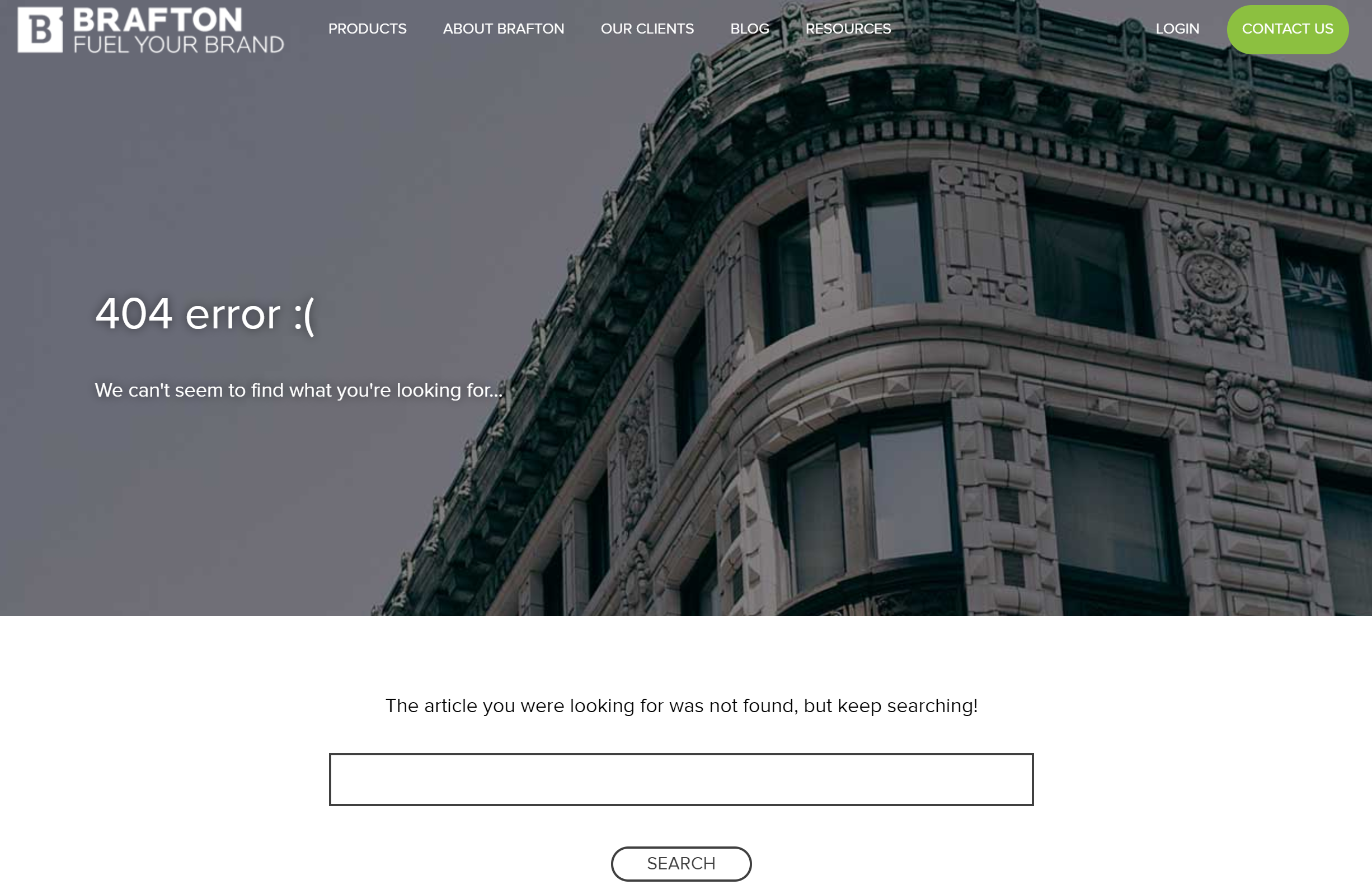
Register with Google Search Console
Depending on your site, there may be dozens of adjustments you can make to increase your site’s speed and usability. Rather than making guesses at what needs to be improved, you can go straight to the source to find out.
By registering with Google Search Console, you can get full reports on which of your web pages have been indexed and if any of them contain errors or red flags.
White Hat vs. Black Hat SEO
SEO has been around for more than 20 years, and some of its associated terminology shows its age. The terms “white hat” and “black hat” refer to old Westerns where the hero, donning a wide-brimmed white hat, would duel against the antagonist in a black gambler’s hat.
In the early days of SEO, black hats would use tricks to willfully violate a search engine’s rules. A common black hat tactic was to add paragraphs of invisible text to each web page. Loaded with keywords, these imperceptible word scrambles didn’t affect the user experience, but would cause pages to shoot to the top of a SERP.
Over the years, Google and other search engines have gotten more sophisticated. Black hat tactics don’t really work anymore, even in the short term. And if they do, sites that employ them are likely to get penalized when they’re found out.
White hat tactics are essentially everything we’ve discussed in this article. As white hats – to use the antiquated term – our goal is to rank highly while adhering to Google’s rules and terms of service.
Tips for Hiring an SEO Specialist
Hiring professional SEO services comes with many benefits. SEO experts live and breathe digital marketing, so they’re always aware of the latest Google updates and SEO best practices. They can also spend more of their time on holistic strategies that tie each piece of your digital marketing strategy together into one cohesive plan.
When looking for an SEO specialist, consider professionals who:
- Have a track record of positive results. Ask for a case study or client referral to learn more about their capabilities.
- Keep their finger on the pulse of the latest SEO best practices. Ask about recent challenges the specialist has overcome to learn more.
- Use data to make informed decisions. Gut instincts can be beneficial, but the most successful SEO professionals use data and analytics to fine-tune their strategies. Ask what kind of tools they use to assess their strategies.
- Have creative writing experience. Many aspects of SEO are designed to please Google algorithms, but just as important are the real people who visit your site. Ask for samples of web content to ensure the people you hire can appeal to real consumers.
Remember, SEO is a long-term strategy. If you don’t see results right away, that’s normal. It takes time for Google’s bots to read and index new webpages. It often takes three months or more before you start seeing significant movement in your analytics. Keep optimizing your pages and sign up for our newsletter to get the latest SEO tips and news.
Editor’s Note: Updated October 2024.
[ad_2]







